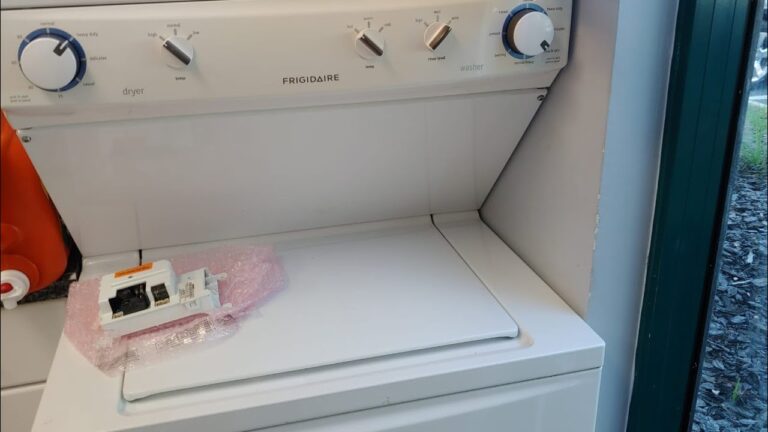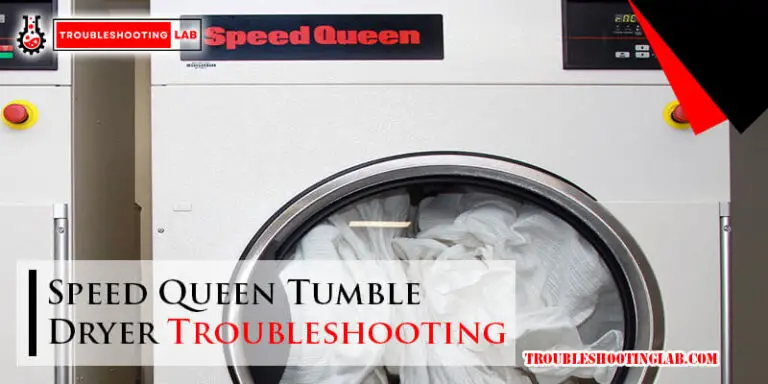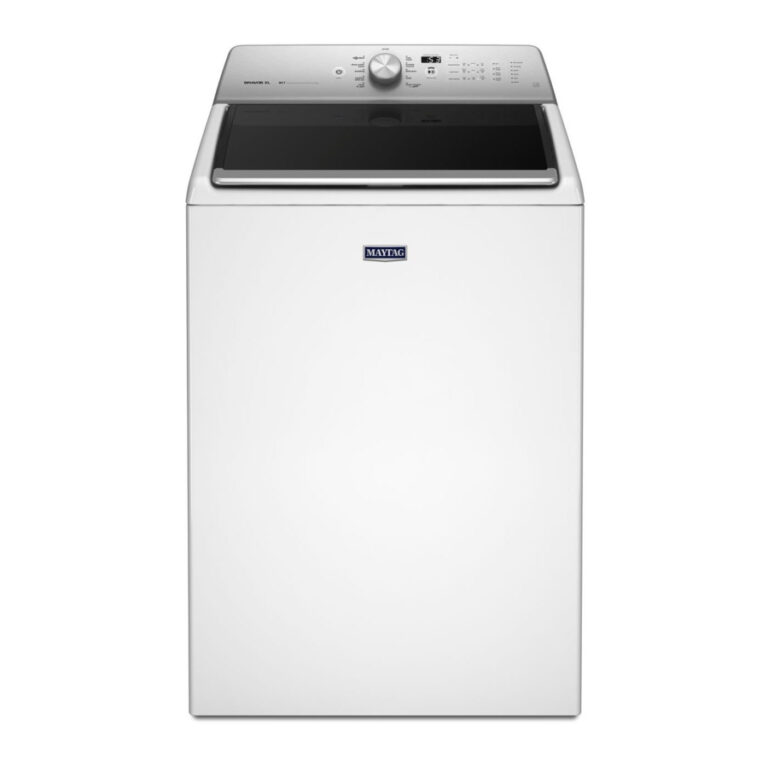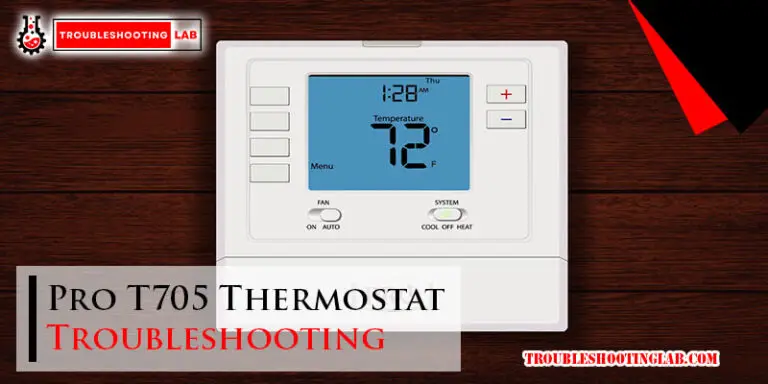Whirlpool Dryer Troubleshooting: Expert Tips & Solutions
Have you ever found yourself staring at your Whirlpool dryer, wondering why it’s not working as it should? You’re not alone.
Many people encounter issues with their dryers, and it can be frustrating when laundry day doesn’t go as planned. Whether your dryer isn’t heating up, making strange noises, or simply won’t start, these problems can disrupt your routine and leave you searching for answers.
In this guide, we’ll take a closer look at common Whirlpool dryer issues and provide straightforward troubleshooting tips to get your appliance back on track. With practical advice and easy-to-follow steps, you’ll feel empowered to tackle those dryer dilemmas with confidence. Stick with us, and you’ll soon discover how simple it can be to solve the most common dryer problems. Ready to get your dryer running smoothly again? Let’s dive in and find the solutions you need!
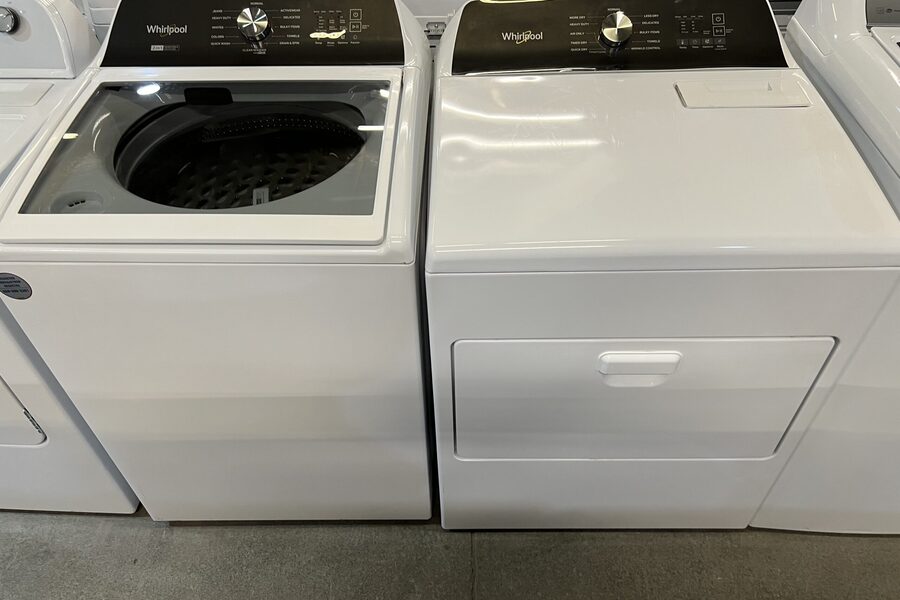
Credit: voltappliancerepair.com
Common Dryer Issues
You’ve loaded your Whirlpool dryer with damp clothes, expecting them to emerge warm and dry. Yet, sometimes things don’t go as planned. Whether you’re experiencing a lack of heat or strange noises, understanding common dryer issues can save you time and money. These problems might seem daunting, but many have straightforward solutions.
No Heat Production
Imagine pulling out clothes only to find they’re as wet as when you put them in. This often points to the dryer not producing heat. Check if your dryer is on the right heat setting. Sometimes, the simplest solutions are overlooked. Ensure that the power cord is properly connected and the circuit breaker hasn’t tripped.
Is your dryer still stubbornly cool? It could be a faulty thermal fuse or heating element. These components ensure your dryer heats effectively. Replacing them might seem intimidating, but with a little guidance, you can do it yourself. Have you ever fixed something that seemed impossible? This could be that moment.
Excessive Noise
Does your dryer sound like it’s about to take off? Excessive noise can be more than just annoying; it can be a sign of wear and tear. Often, it’s due to worn-out drum rollers or bearings. These parts help the drum spin smoothly. When they start to fail, noise is inevitable.
Maybe you’ve ignored the noise, hoping it will disappear on its own. It rarely does. Addressing it sooner can prevent bigger issues down the road. Have you ever solved a small problem before it became a big headache? This is your chance to do it again.
Drum Not Spinning
Your dryer might power up, but if the drum doesn’t spin, the clothes won’t dry. Check the belt; if it’s broken or loose, it can’t turn the drum. Replacing a belt is simpler than you think. You might need a screwdriver and some patience.
If the belt is intact, consider the motor. Is it humming but not moving? A stalled motor can prevent spinning. Have you ever started a project, only to find one piece missing? Fixing the motor might be the missing piece to your drying puzzle.
As you troubleshoot your Whirlpool dryer, remember that patience and curiosity are your allies. What solution will you try first?

Credit: www.youtube.com
Identifying Error Codes
Whirlpool dryer troubleshooting involves spotting error codes on the display panel. These codes help identify issues quickly. Understanding them ensures efficient dryer maintenance and repair.
Identifying error codes on your Whirlpool dryer can seem daunting at first. Yet, these codes are your appliance’s way of communicating issues and guiding you to solutions. Understanding them can save you time, money, and frustration. Let’s dive into what these codes mean and how you can reset your dryer’s system to clear them.Understanding Display Messages
Whirlpool dryers often use a series of letters and numbers to indicate specific problems. For example, you might see codes like “F01” or “E02.” These aren’t random gibberish; they pinpoint specific issues like a faulty motor or a blocked vent. Imagine noticing an “F01” error code after your dryer abruptly stops. Instead of panicking, you can quickly identify it as a motor error. This empowers you to either check the motor connections yourself or call for professional help.Resetting The System
Once you’ve identified an error code, resetting the system is often your next step. Begin by unplugging your dryer from the power outlet for a few minutes. This simple trick can often clear minor glitches and reset the control board. Consider a scenario where your dryer displays an error after a power outage. A quick reset might be all that’s needed to get everything back to normal. Have you ever tried hitting the reset button on your dryer and felt that satisfying click? It’s a small action that can lead to big results. If resetting doesn’t solve the issue, the error code will guide you further in troubleshooting or seeking expert help. Are you ready to become the master of your appliance’s error codes? Understanding these messages and knowing how to reset your system can make the difference between a quick fix and a prolonged hassle.Troubleshooting Heating Problems
Whirlpool dryers are known for their reliability and efficiency. But, sometimes, they may face heating issues. When your dryer doesn’t heat, it can be frustrating. Identifying the problem is the first step to fixing it. A few common components could be the cause. Let’s explore them.
Checking The Thermostat
The thermostat regulates the dryer’s temperature. If it fails, the dryer won’t heat properly. First, unplug the dryer for safety. Locate the thermostat inside the dryer. It’s usually near the blower housing. Use a multimeter to test its continuity. A working thermostat should show continuity. If not, replace it immediately.
Inspecting The Heating Element
The heating element is vital for producing heat. A faulty element leads to no heat. Begin by unplugging the dryer. Access the heating element usually at the back panel. Check for any visible breaks or damage. Use a multimeter to test the element. Lack of continuity means a faulty element. Replace it if necessary.
Resolving Noise Concerns
Whirlpool dryers are reliable appliances but can sometimes be noisy. Unusual sounds can disrupt your peace and signal potential issues. Identifying and resolving these noise concerns is crucial for smooth operation. Let’s explore common noise sources and solutions.
Examining Drum Rollers
Drum rollers support the dryer drum during operation. Worn rollers can cause thumping or squealing noises. To inspect, unplug the dryer and remove the front panel. Check if the rollers spin freely. Replace them if they appear worn or damaged. This simple fix often quiets the dryer significantly.
Assessing Motor And Belt
The motor and belt ensure the dryer drum spins. A faulty motor can produce grinding noises. Similarly, a worn belt may squeak or slip. Inspect the belt for cracks or wear by removing the dryer’s back panel. Replace it if needed. Test the motor by manually rotating the drum. If it sticks, consider a motor replacement. Addressing these components often resolves noise issues efficiently.
Addressing Drum Spin Issues
If your Whirlpool dryer drum isn’t spinning, it can be a major frustration. A non-spinning drum can mean clothes stay wet, leaving you with a pile of unfinished laundry. Instead of rushing to call for professional help, you might be able to tackle some common causes on your own. Let’s dive into how you can troubleshoot drum spin issues effectively.
Testing The Drive Belt
The drive belt is a key component in making your dryer drum spin. Over time, it can wear out or break, causing the drum to stop moving. Begin by unplugging the dryer and locating the drive belt, typically found by removing the dryer’s back panel.
Inspect the belt for any visible damage or signs of wear. Is it loose or completely broken? If so, you’ll need to replace it. Replacement belts are available at most hardware stores, and they often come with instructions to make the process easier for you.
Once you’ve got a new belt, it’s time to install it. Follow the instructions carefully, ensuring the belt is snugly fitted around the drum and motor pulley. Have you managed to replace the belt? Plug your dryer back in and give it a test run to see if the drum spins properly.
Evaluating The Motor
If the drive belt isn’t the issue, the problem might lie with the motor. A faulty motor can prevent the drum from spinning, leaving you with damp clothes. Before diving into motor inspection, ensure the dryer is unplugged for safety.
Listen for any unusual noises when attempting to run the dryer. A humming or buzzing sound can indicate the motor is struggling. Does the motor seem unresponsive or overheated? It might need a professional inspection or replacement if it’s beyond DIY fixes.
If you’re comfortable handling basic repairs, you can access the motor by removing the necessary panels. Check for any burnt smells or visible damages. Is it time to call in an expert, or can you handle a replacement yourself? Weigh your options based on your comfort level and the cost of repairs versus replacement.
Addressing drum spin issues can be straightforward with the right approach. Whether it’s a belt issue or a motor malfunction, knowing where to start can save you time and money. Have you encountered these issues before? Share your experiences and tips in the comments below. Your input could be invaluable to someone facing the same problem.
Maintenance Tips
Whirlpool dryer troubleshooting helps keep your appliance running smoothly. Check for lint buildup to prevent overheating. Ensure the door closes properly for efficient drying.
Keeping your Whirlpool dryer in top condition doesn’t just save you from costly repairs; it also ensures your clothes dry efficiently every time. With a few simple maintenance tips, you can extend the life of your dryer and keep it running smoothly. Let’s dive into some practical steps you can take to maintain your Whirlpool dryer effectively.Regular Cleaning Practices
Regular cleaning is essential for your dryer’s optimal performance. Start by cleaning the lint filter after each use. A clogged filter not only reduces efficiency but can be a fire hazard. Make it a habit to vacuum around the dryer and the back vent every few months. Dust and lint can accumulate in these areas, potentially affecting the dryer’s performance. You might be surprised how much fluff can gather there!Preventive Care Measures
Preventive care can save you from unexpected dryer breakdowns. Check the dryer vent system regularly for any blockages or lint build-up. A blocked vent can lead to longer drying times or even stop the dryer from working altogether. Inspect the drum belt for any signs of wear or damage. Replacing a worn-out belt early can prevent a complete breakdown. Have you ever thought about how much trouble a tiny belt can save you? Lastly, ensure your dryer is level to prevent unnecessary vibrations. This simple check can reduce noise and wear on internal parts. If you ever notice your dryer rocking, it might be time to adjust those legs! By incorporating these maintenance tips into your routine, you can enjoy a hassle-free experience with your Whirlpool dryer. What steps will you take today to extend the life of your appliance?When To Seek Professional Help
Sometimes, a Whirlpool dryer problem can be too complex. It’s crucial to know when professional help is needed. Doing so prevents further damage and ensures safety. The following sections will guide you in making this decision.
Identifying Complex Problems
Some dryer issues are simple, like clogged lint screens. But others, like electrical faults, require expertise. If your dryer trips the circuit breaker, seek help. Strange noises may indicate internal component issues. A burning smell can signal overheating or wiring problems. These are signs that need professional intervention.
Locating A Reliable Technician
Finding a qualified technician is important. Start by checking online reviews. Ask friends or family for recommendations. Ensure the technician is certified for Whirlpool dryers. Always verify their credentials before hiring. A reliable technician will diagnose and fix issues efficiently.

Credit: techcircuit.org
Frequently Asked Questions
Why Is My Whirlpool Dryer Not Starting?
Check the power supply. Ensure the dryer is plugged in and the circuit breaker hasn’t tripped.
How Do I Reset My Whirlpool Dryer?
Unplug the dryer for a few minutes. Plug it back in to reset the system.
Why Is My Dryer Not Heating Up?
Inspect the thermal fuse and heating element. If they’re defective, they need replacement.
What Causes A Whirlpool Dryer To Make Noise?
Loose parts, worn-out bearings, or foreign objects can cause noise. Check the drum and motor for issues.
How Do I Clean The Dryer Vent?
Remove lint from the vent with a vacuum or brush. Do this regularly to prevent blockages.
Conclusion
Understanding your Whirlpool dryer can prevent many issues. Regular maintenance keeps your dryer efficient. Listen for unusual sounds or vibrations. Check vents for blockages. Clean filters often. Tighten any loose screws. Inspect electrical connections. These steps ensure smoother operation. Simple checks save time and money.
Avoid frustration with regular care. Don’t ignore warning signs. Fix small problems promptly. Keep your dryer running efficiently. A well-maintained dryer lasts longer. Your efforts pay off. Dryer troubles become less frequent. Enjoy peace of mind with a reliable appliance.
Efficient drying means happy laundry days.

